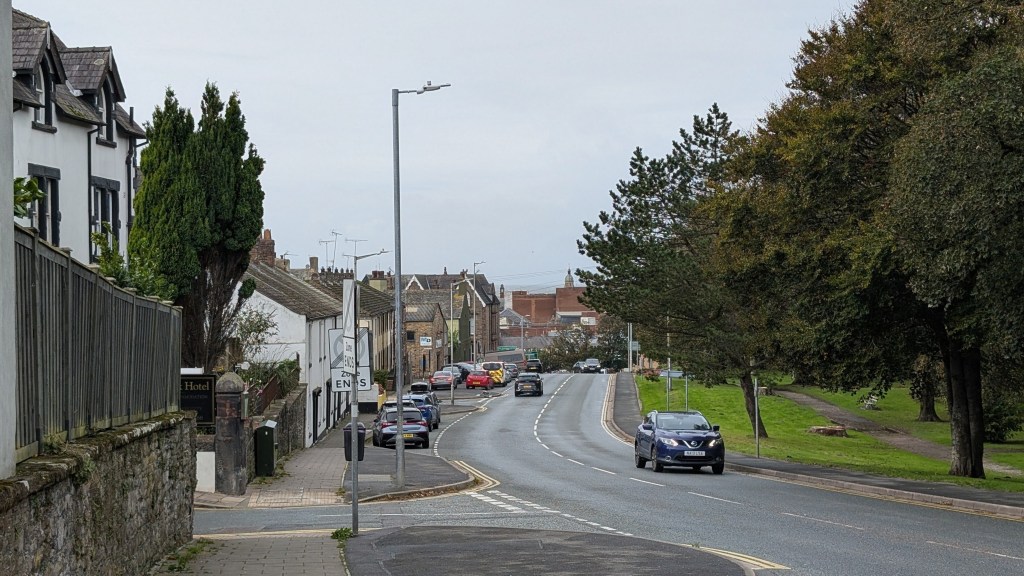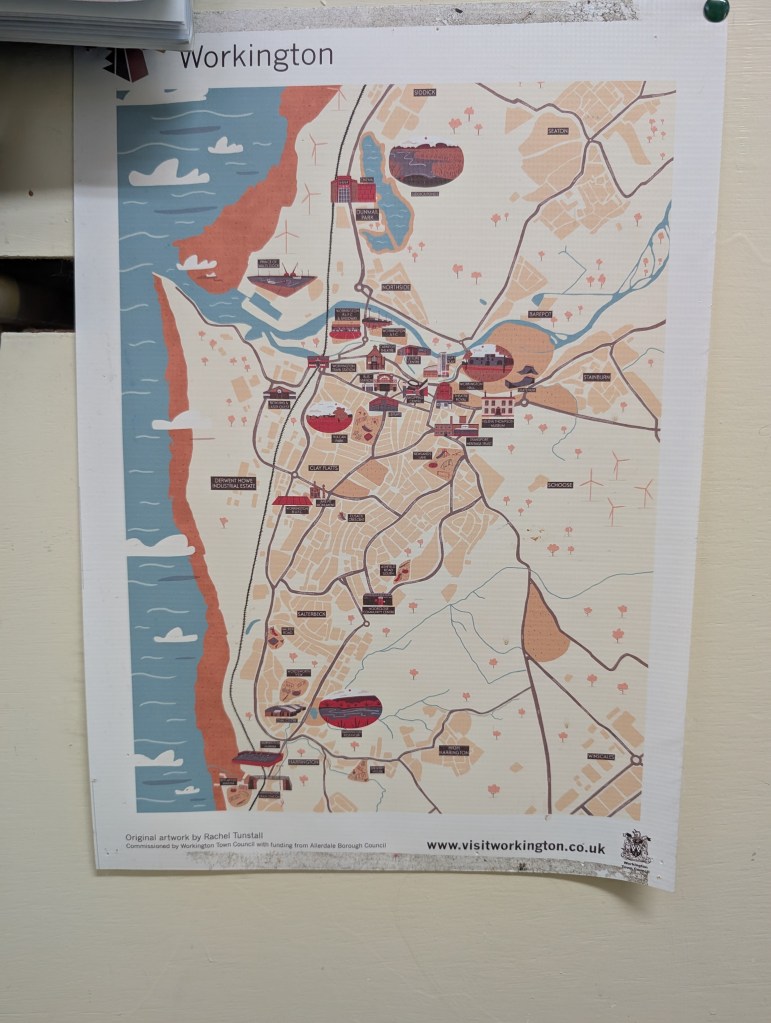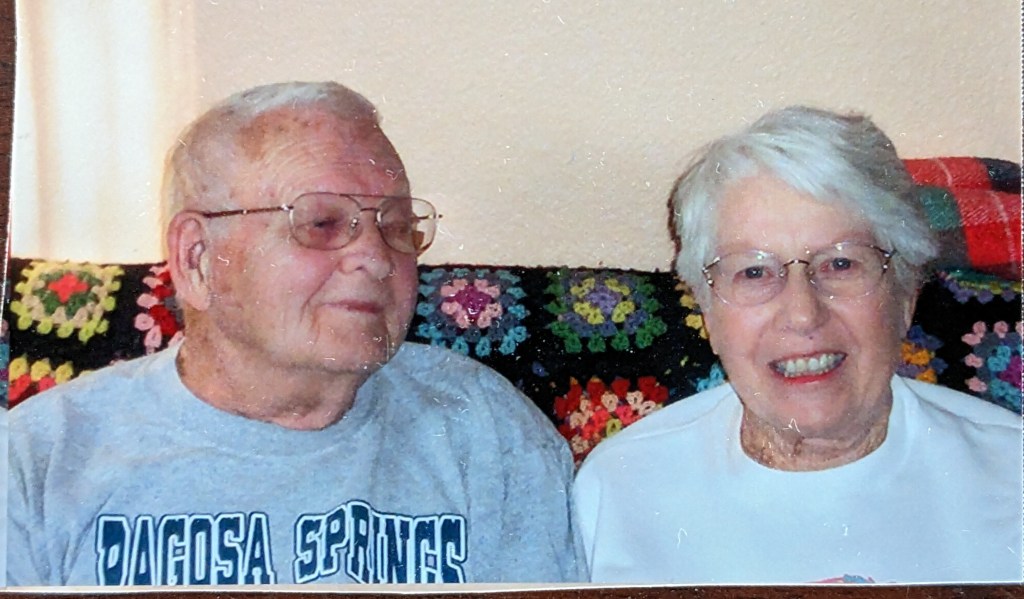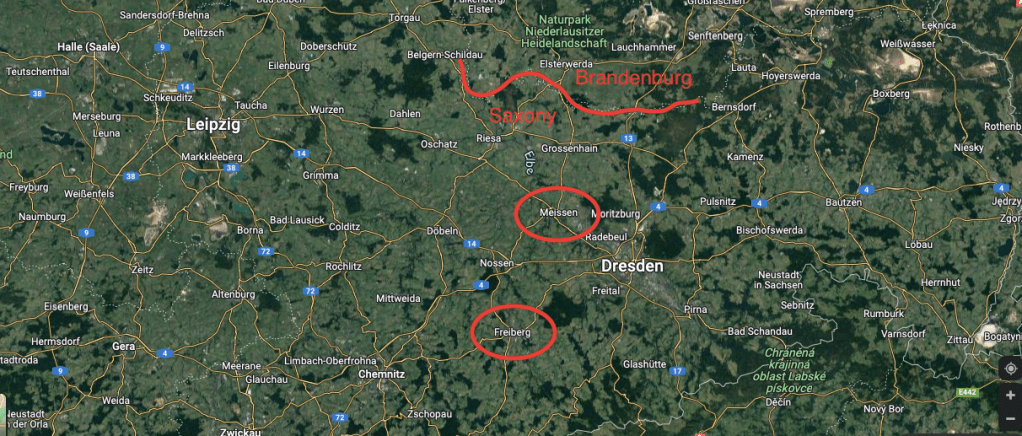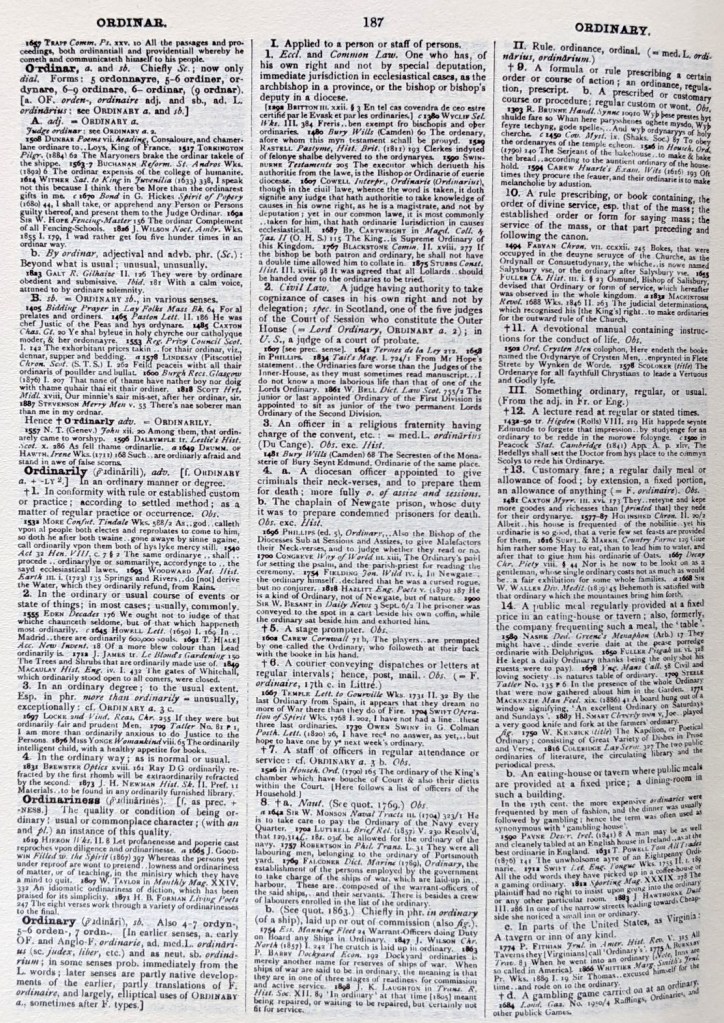[this obituary has also been printed in the Reno Gazette-Journal, on Friday, November 11th, 2022]
John Marcus Rector died peacefully in his home in Reno on Sunday, November 6th; he was 84. He is survived by his wife Carol of 62 years, brother Tom, sister Amy, sons Eric and Brian and their families. He was generally known as “Marcus” or “Marc” to his friends and colleagues. His nearest brother, Wendell, passed away in 2018.
Born on his grandparents’ farm in Logan, OH, Marc was the first son of Martha and Wendell Rector. He grew up in Columbus, attended West High School, and then Ohio State University on a Navy ROTC scholarship. He served on the USS Tulare and USS Henley as a communications officer. Upon leaving the US Navy he pursued his professional career as an architect in Roanoke, VA, Cambridge, MA, and Jerusalem, Israel.
His seminal work was as project architect for Faneuil Hall Marketplace (FHM) in downtown Boston for Benjamin Thompson and Associates (BTA). This was one of the first, and one of the most influential, of many “festival marketplaces” that revitalized urban centers around the US, and then around the world. In 2009 FHM won the American Institute of Architecture 25 Year Award for “buildings that set a precedent.”
Continue reading “John Marcus Rector” →
